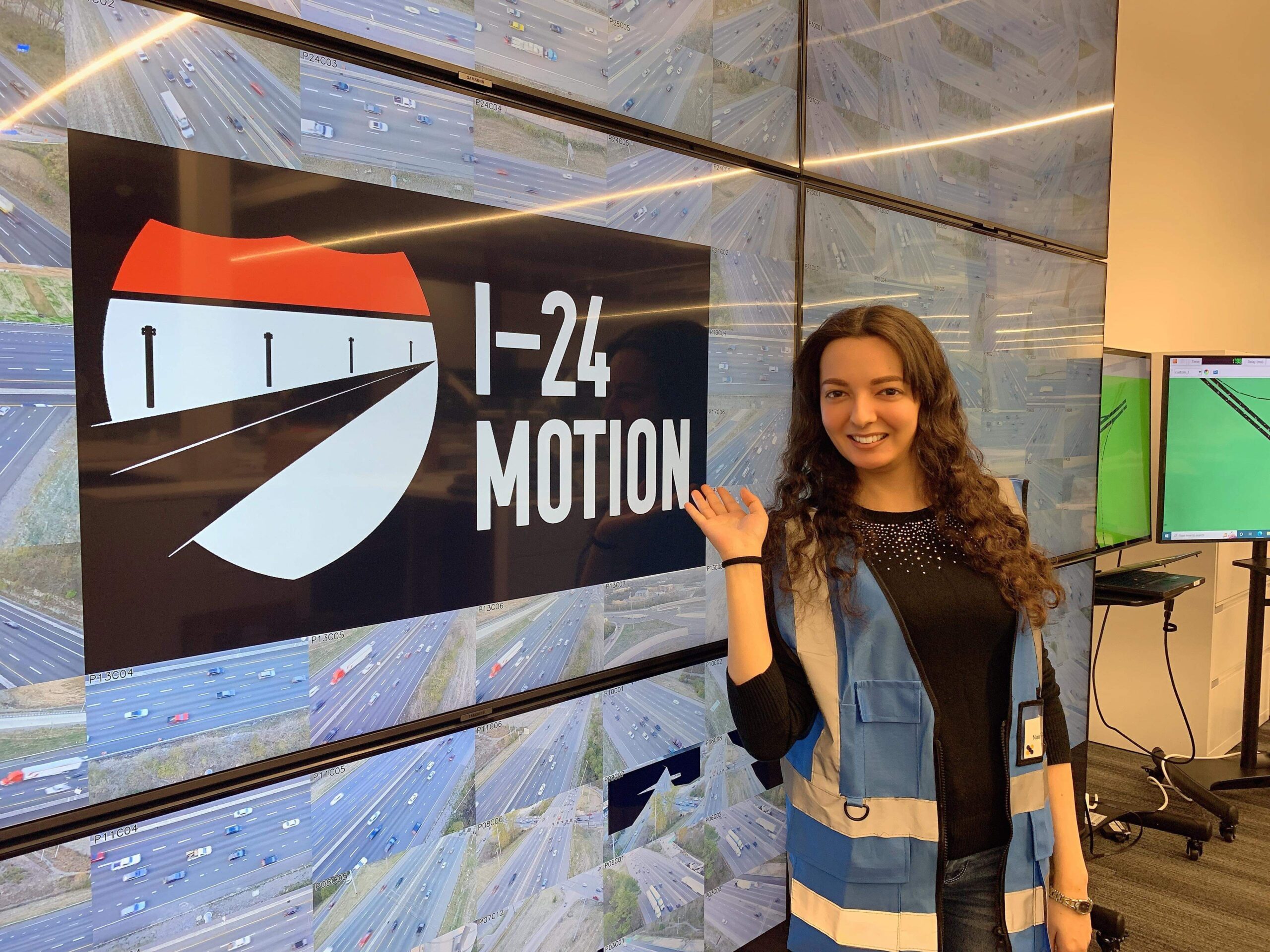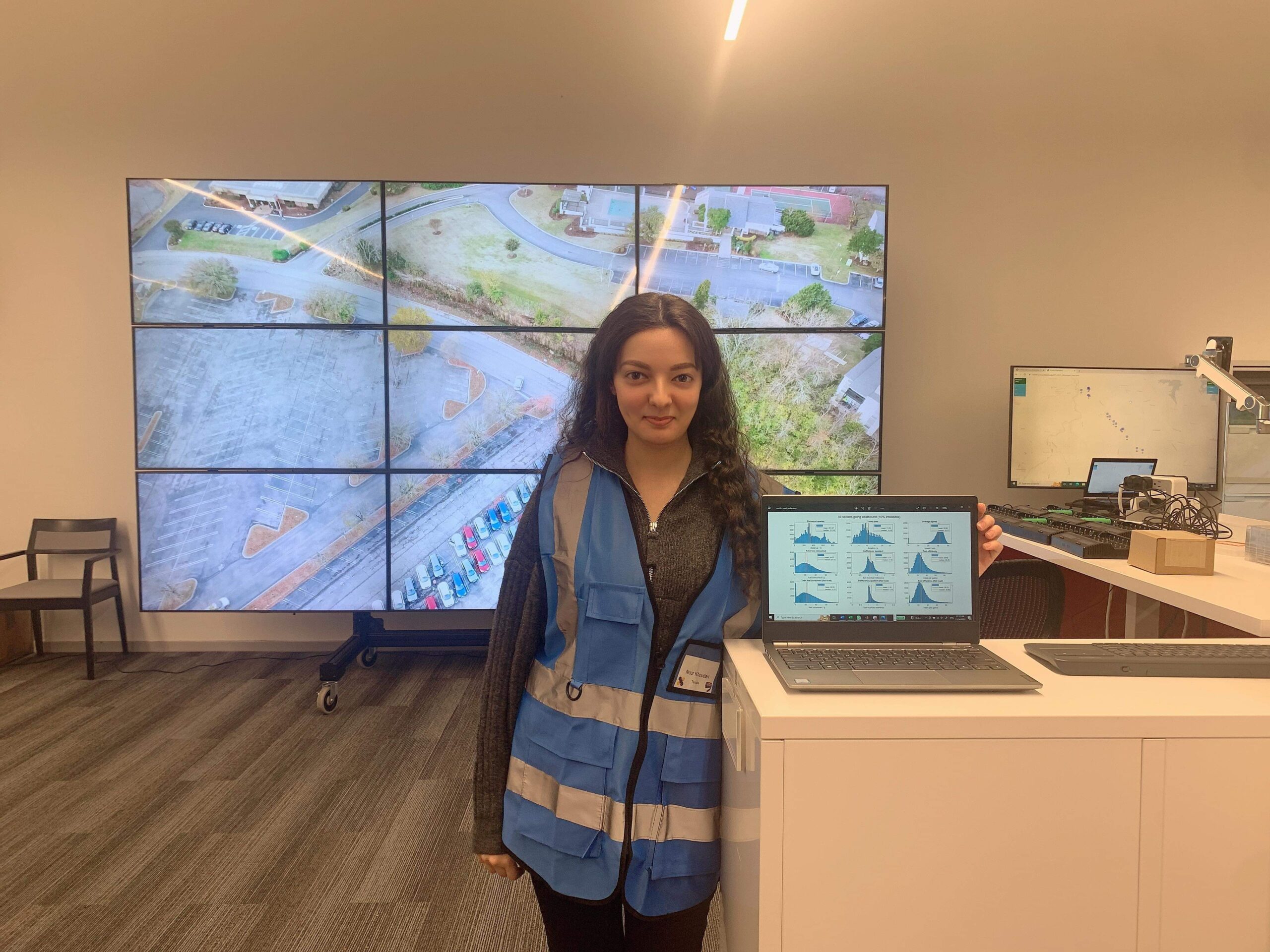I am interested in applied mathematics in general. My research primarily lies at the intersection of engineering and mathematics, with a general focus on dynamics of multi agent systems and specific focus on traffic dynamics and energy modeling. I delve into the development and application of mathematical models to tackle complex challenges in traffic control, traffic wave phenomena, energy efficiency optimization, and the integration of real-world data into these models with competencies in programming, simulations, numerical methods, optimization, data analysis, fitting, and visualizations. 
I am a researcher under CIRCLES: The Congestion Impacts Reduction via CAV-in-the-loop Lagrangian Energy Smoothing, a multi-campus DOE funded project aiming at improving traffic flow and energy savings in a mixed human-autonomous setup. This project is a collaboration among UC Berkeley, Vanderbilt University, University of Arizona, Temple University, Rutgers University-Camden, in partnership with the Tennessee Department of Transportation, Toyota North America, and General Motors. The latest experiment was held in Nashville on I-24 where data of driving trajectories and velocities was collected from an advanced pole camera system installed by Tennessee department of Transportation in collaboration with Vanderbilt University. This experiment is the first of its kind and executed on the largest scale ever where 100 Connected-Autonomous-Vehicles were deployed into traffic and data of vehicle trajectories over a testbed of 8 miles for a bulk of 4 hours during rush hours was collected for five consecutive days.  1
1
- Group photo of all the researchers who participated in the traffic experiment on I-24 (Nashville, November 2022) ↩︎
Traffic Modeling and Control: Existing traffic models are widely used in multiple frameworks, most prominently, microscopic vehicle-scale occurring on the scale of seconds and macroscopic city-scale flow patterns that develop over the scale of hours. Practical applications usually employ either one or the other framework, and there is little overlap in the respective research communities. One aspect of my work is to develop mathematical techniques to bridge the two scales. Of particular importance are models that can capture dynamic instabilities and traveling traffic waves called phantom jams. Such models are particularly challenging to analyze, as many papers on PDE models explicitly exclude the unstable situation. Starting from existing models, my work particularly addresses the averaging of scales and the understanding of macroscopic manifestations of microscopic traffic waves with the relevance of dampening those waves in the presence of sparse control in light of the energy demand of traffic at the vehicle-scale, waves-scale, and city scale. 
Energy Modeling and Optimization: The purpose of introducing sparse control into traffic is the ability to effectively dampen waves, but more importantly, to decrease the overall energy consumption and mitigate the effects of climate change from the transportation industry. Existing energy models used in the literature are simplistic, ignoring many complicated factors that contribute to energy consumption, and are not capable of bridging between micro and macro scales. We develop a model reduction pipeline from high fidelity software to vehicle specific polynomial energy models that can allow us to estimate fuel rates instantaneously in time during simulations and without using hysteresis effects. Our simplified model was developed for six different vehicle types and validated on EPA drive cycles and is used in the training and design of controlled vehicles and in optimization problems to find optimal fuel trajectories. 
